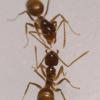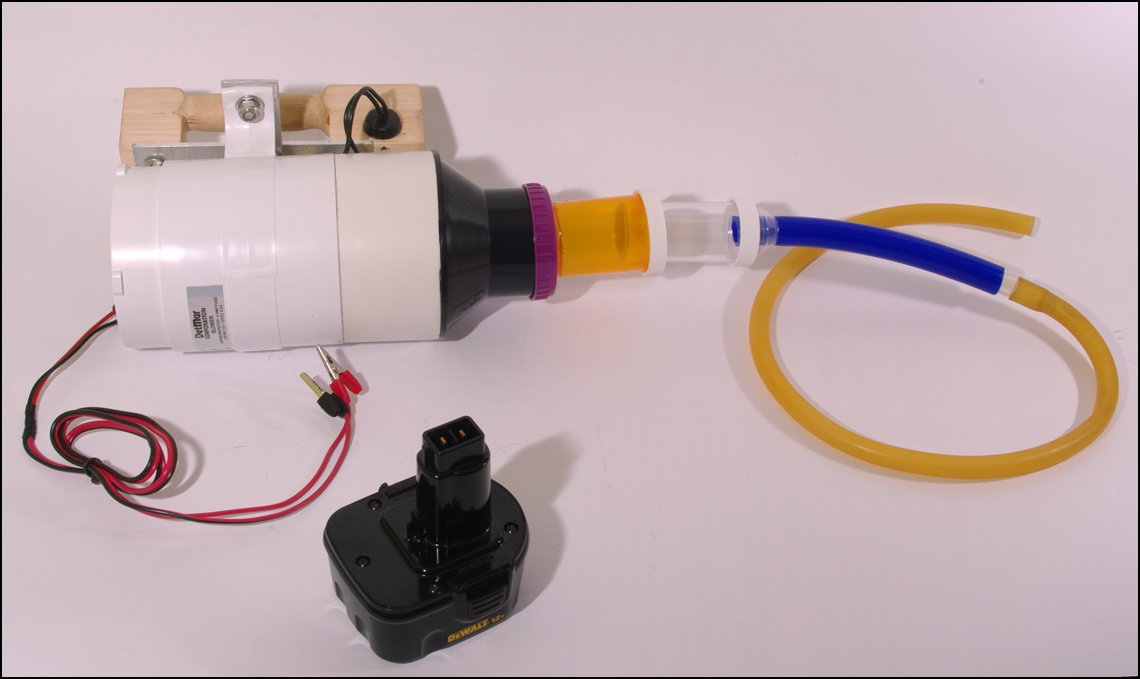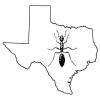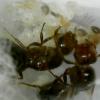I’m a Research Associate working in Mississippi and my research focuses on different aspects of invasive ants. In the past we’ve worked on genetic tests to augment morphological keys for the separation of hybrid versus the pure forms of imported fire ants. Lately, I’ve been developing genetic assays to aid persons wanting to distinguish some of the native fire ants that might be confused with the imported species.
To check the reliability of my tests, I need specimens of Solenopsis xyloni, S. aurea, S. amblychila and S. geminata collected from several different parts of their U.S. range.
If any of you have some of these ants that you could preserve in ethanol and ship to me, that would be particularly helpful for advancing this line of research. Ideally, I’d like to have a few of the larger workers included, as the morphological keys work best for them. Also since I'm using their DNA, they'll need to be fairly fresh.
If you think you could help me out, please message me and I’ll get you additional contact information. For those that send some of these ants, I'll provide you with plans for my custom mechanical aspirator. This one was designed for ants and works for many species.
Thanks!
Edited by C Carl, August 19 2015 - 6:31 AM.


















